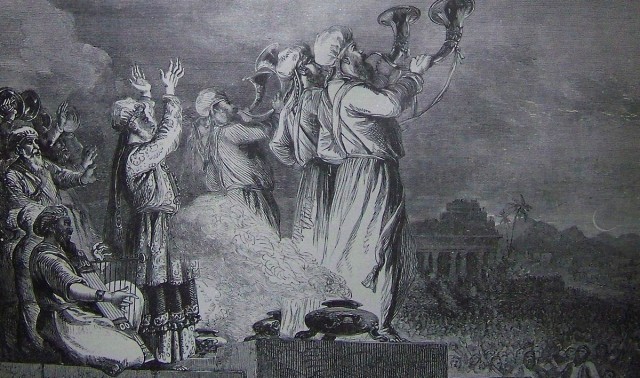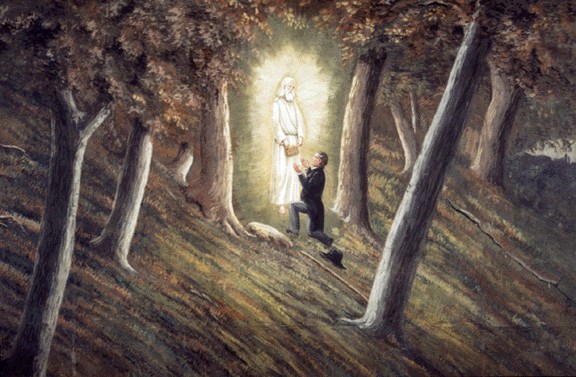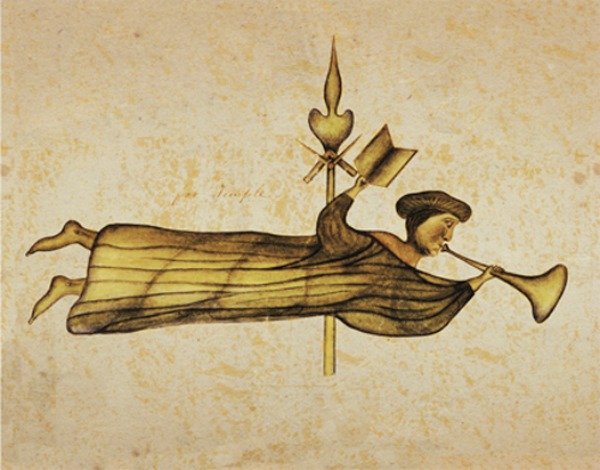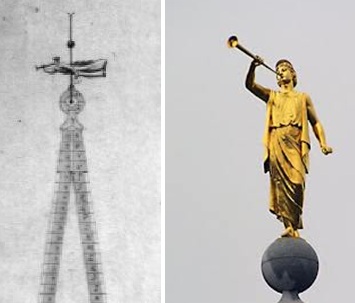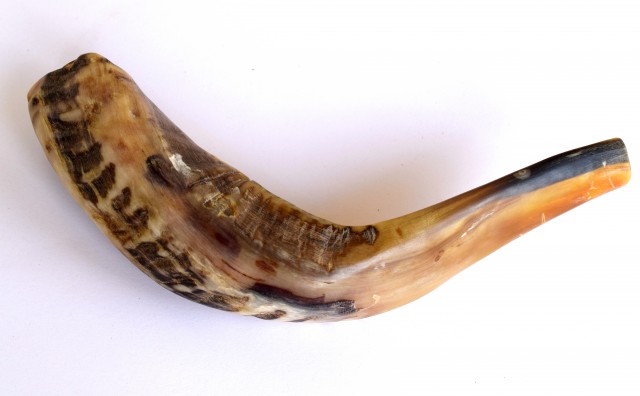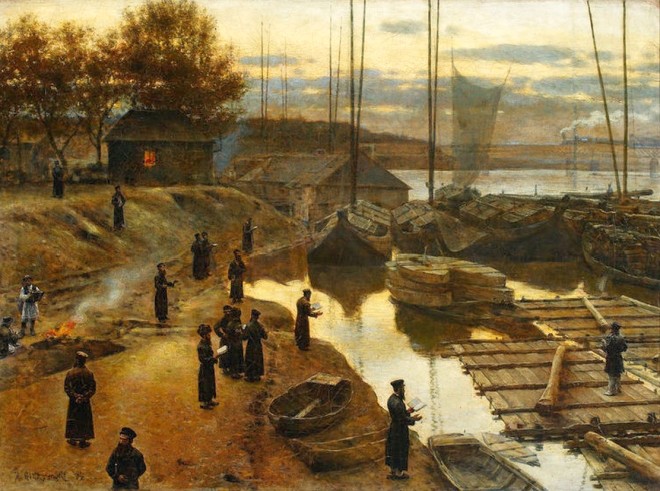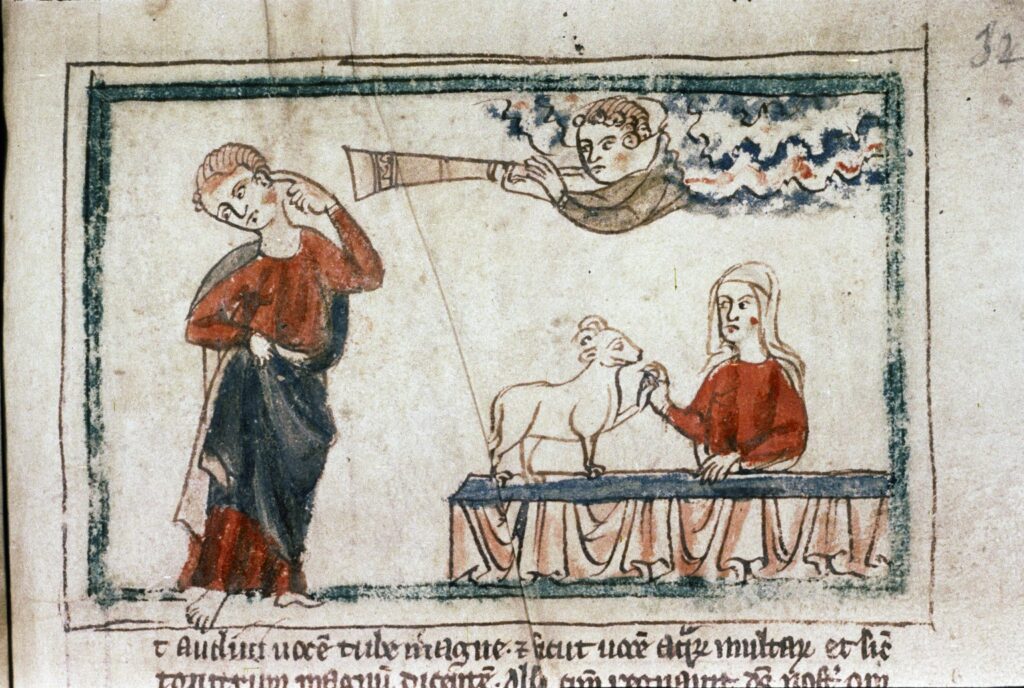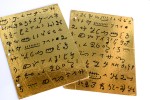I wish I had grown up celebrating some Jewish holidays, but we didn’t have that custom of special Feast Days. As I have read more about them, I have found significance and symbolic meaning for many things in life. The day Moroni gave the Golden Plates and Urim, and Thummim to Joseph Smith was September 22, 1827, which coincided with an astrological event and a Jewish Feast Day. Although many Pagans followed astrology, that does not mean that there is no truth in the signs of the heavens or that God does not use them to communicate with us. I believe that God does give us signs, and remembering them helps us to remember poignant events.
Rosh Hashanah, or Feast of Trumpets (also called The Day of Remembrance), fell on the evening of September 21st in 1827 as the sunset. (On the Judaic calendar, this was the first day of the seventh month called Tishri–the new day beginning at sunset. Remember that each day begins at sundown on the Jewish calendar.) The Feast of the Trumpets continued on the 22nd of September, 1827. It is a two-day celebration.
Joseph and Emma went to the Hill Cumorah on the night of September 21, 1827, which coincided with this Feast of the Trumpets. According to Joseph Knight, who was in the Smith home on that evening, he saw Joseph preparing to get the plates.
The angel had commanded Joseph to come to the hill on September 22. To be precise in his compliance and still to throw off meddlers who knew of the date, Joseph chose to go to Cumorah in the dead of night, almost the minute September 22 arrived. (Bushman, Rough Stone Rolling, pg. 59)
“In the seventh month, in the first day of the month, shall ye have a sabbath, a memorial of blowing of trumpets” (Lev. 23:24)
The sounds of the shofar remind God’s people of their relationship with Him as well as God’s promise to remember His people. It is also a call to repentance before the Day of Atonement.
“For behold the field is white already to harvest; and lo, he that thrusteth in his sickle with his might…”(D&C 4:4)
“One Jewish commentator has said, ‘Expectantly, we await the sounding of the Trumpet of Liberation, when Zion will be free to receive its exiled children from all parts of the earth. ‘ (ref)
The Kabbalists teach that the continued existence of the universe is dependent upon the renewal of the divine desire for a world when we accept G‑d’s kingship each year on Rosh Hashanah. (ref)
Next: In ten days following the Feast of Trumpets, the Day of Atonement – Yom Kippur begins. You can read my thoughts here.
Activities you can do with your kids for the Feast of Trumpets:

